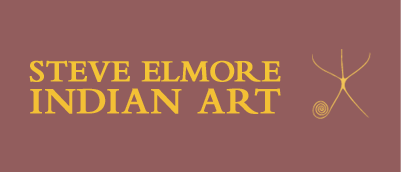Nampeyo: Hopi Aesthetics Meets Modernism
Nampeyo: Hopi Aesthetics Meets Modernism
This show emphasizes Nampeyo's accomplished pieces that established her as a great modern artist to her collectors and fellow artists from the Anglo world. She began her career as a traditional, tribal potter in the 1870s in Northern Arizona. She evolved over decades into a major modernist artist and founder of the Sikyatki Revival Art Movement which continues to this day. Beginning with traditional Hopi designs, then adding the ancient designs found on pottery from ancient Hopi villages such as Sikyatki, she mastered traditional Hopi aesthetics before creating her own original abstract designs. She adapted her designs over the years, varying them in different ways, and adapting them for different pottery forms.
Recent art history, as reported in Elizabeth Hutchinson's The Indian Craze, has re-emphasized the importance of Native American art in the contemporary art world at the beginning of the 20th century, connecting Native American art with the Arts and Crafts Movement, Art Pottery. and Modernism. Nampeyo's original creations bridged the gap between tribal designs and modernism. She was drawing elaborate and confident abstractions from the ancient world well before Picasso and the French painters drew on tribal art for their own inspiration. During Nampeyo's lifetime, her ceramics were revered as supreme examples of modern art, and exhibited along with oil paintings at art fairs, museums and upscale department stores.

